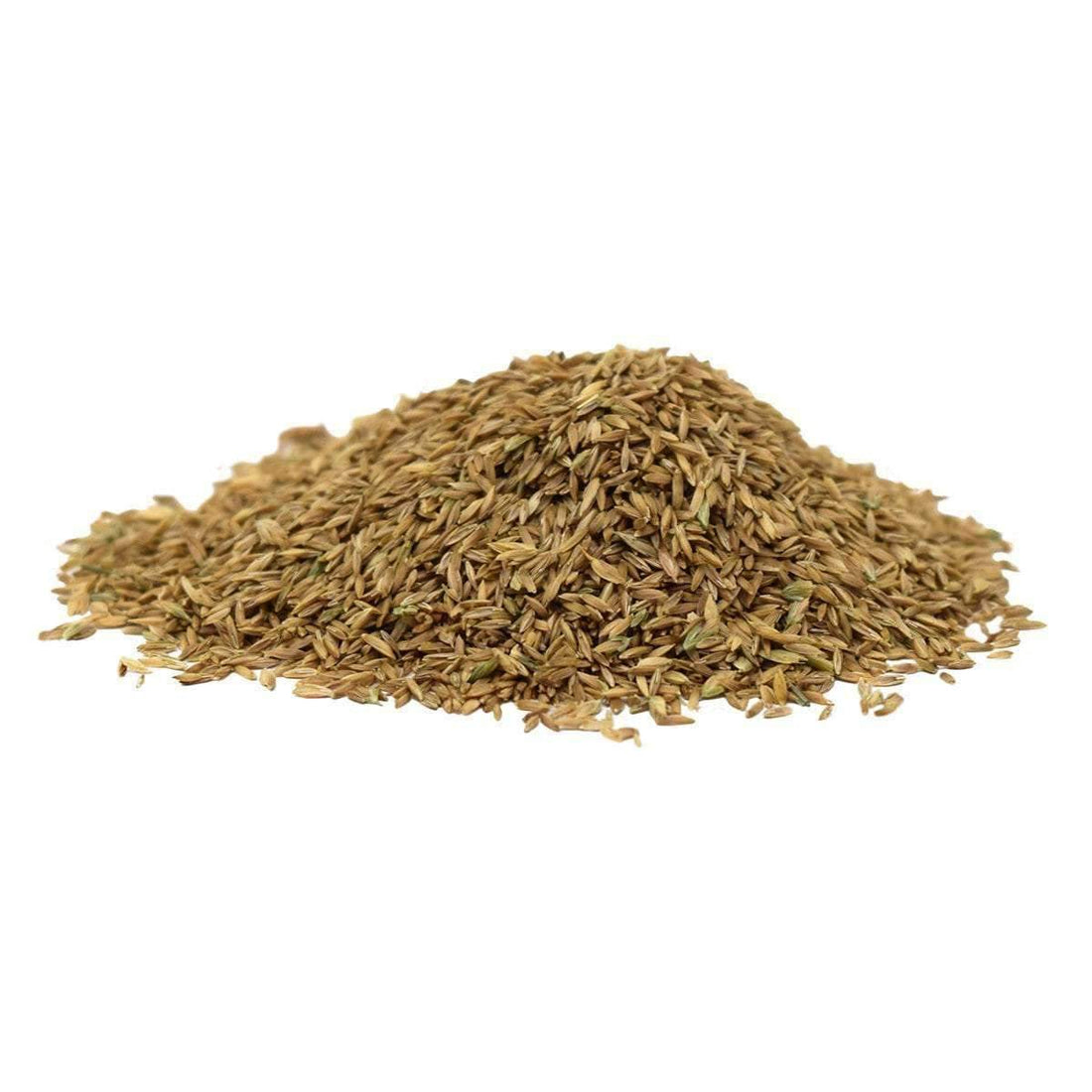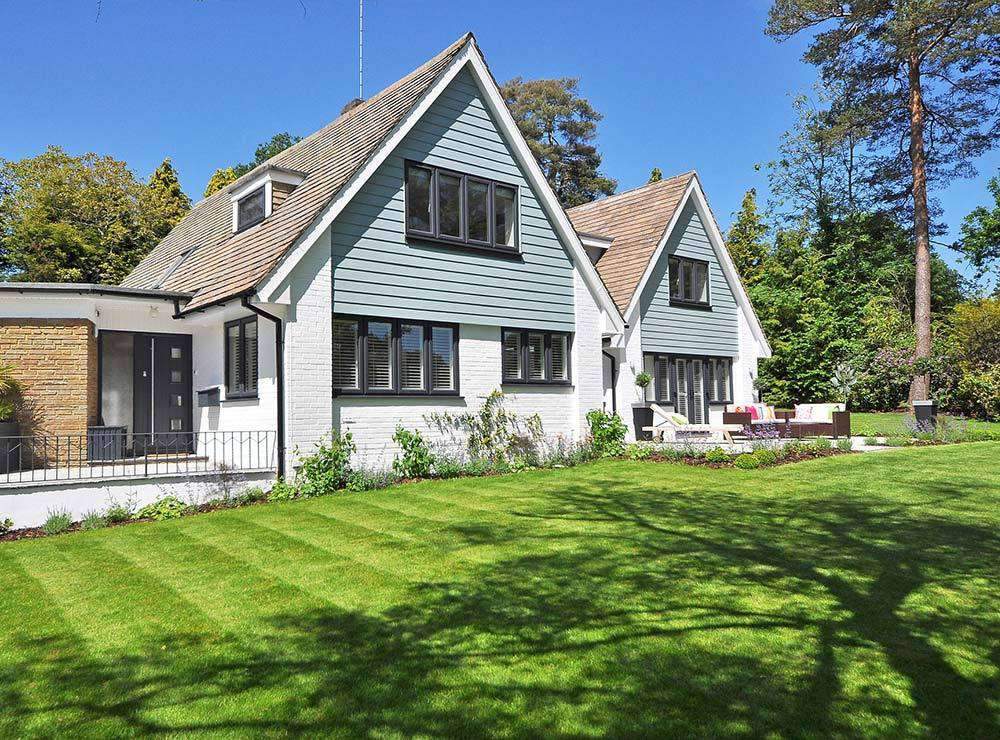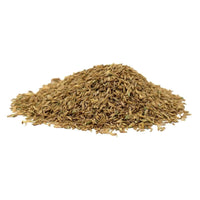
- When to plant:
- Spring, Fall
- Fertilizer:
- Hancock's 16-04-08 Lawn & Pasture Fertilizer
- Seeding rate:
- 2 lbs. per 1,000 sq.ft. or 80 lbs. per acre
- Overseeding rate:
- 1 lbs. per 1,000 sq. ft. or 40 lbs. per acre
- Seeding depth:
- 1/4 inch
- Ideal ph:
- 5.5 - 8.0
- Gmo:
- No
- Inoculant needed:
- No
- Coated or raw:
- Raw
- Lifecycle:
- Perennial
- Climate zones:
- Cool Season, Transition Zone
"Midnight" is an apt description of the dark blue-green color that one can expect from Midnight Kentucky Bluegrass, as it's one of the darkest varieties available. It has dwarf growth characteristics, which results in less need for mowing. This variety also stands up well to heavy foot traffic associated with recreational areas.
Product Information
- Application or Use: Lawn, Turf, Golf Courses, Parks & Recreation, Athletic Fields
- Germination Time: 21 - 28 days, under optimal conditions
- Growing Locations: Cool Season & Transition Zone
- Height: 2 - 3 inches
- Sunlight Requirements: 8+ hours, full sun for best results
- Advantages: Offers directional mowing, and recovers from damage rapidly.
- When to Plant: Recommended planting time is spring and fall when night time temperatures are consistently below 65 degrees.
Product Detail
- Very dark blue-green color
- Dwarf growth habit
- Strong overall disease resistance
- High drought tolerance
- Good tolerance to close mowing
Product Information
Probably the most outstanding feature of Midnight Kentucky Bluegrass is its unusually dark blue-green color, making it the darkest bluegrass available. Its high tiller density provides a thick carpet that will stand up to the abuses of high traffic, usually associated with parks and athletic fields. Sod producers and homeowners enjoy Midnight's dwarf growth characteristics, which result in fewer mowings and reduced maintenance costs. In recent university trials, this cultivar has shown good resistance to Leaf Spot, Stem Rust, Stripe Smut, and Dollar Spot, as well as demonstrating good heat and drought tolerance.
This product is highly recommended for golf courses (fairways, tees and roughs), sod farms, athletic fields, parks, and home lawns.
*Product packaging may appear different than what is pictured.
Establishment & Maintenance: Midnight, like all bluegrasses, requires 2 - 3 weeks for complete germination. Color may be observed before that time; however in good growing weather where soil temperatures are above 65º F (18º C), expect 8 to 10 weeks for a complete stand of grass. The first mowing may be expected in about six weeks. Midnight possesses good mowing qualities and can be maintained at a cutting height ranging from 1/2 inch to 2 inches (12 - 50 mm). Midnight does well in sand or heavy clay soils, and like all bluegrasses, performs best in soils with a pH of 5.5 to 8. Three to five pounds N per 1,000 square feet per year is adequate in most areas of the United States. However, because of Midnight’s dark genetic color, lower fertilizer rates will produce an acceptable color.
Broadcast seed with a broadcast spreader of fertilizer spreader, and do a light drag or rake seeds in to ensure adequate soil contact.
Seeding Rates:
Sod Farms, Golf Fairways: 100 lbs per acre(112 kgs/hectare)
Athletic Fields, Parks: 80 - 100 lbs per acre (90 - 112 kgs/hectare)
Golf Tees, Home Lawns: 2 - 3 lbs per 1000 sq. ft. (1 - 11/2 kg/ sq meter)
Plant Breeder: Dr. William Meyer - Pure Seed Testing, Inc.
Experimental Designation: PST- 1528T
When choosing to start a new lawn, remove old vegetation by using a de-thatcher, power rake or tiller to kill the existing vegetation. Rake or drag the area to remove debris and dead grass for a clean area. Ensure the soil is leveled and loosened to allow the seed to have good soil contact once spread on a clean seed bed.
If you have an area with heavy weed coverage, we recommend starting fresh by killing and removing the existing vegetation. If you choose to use chemicals, herbicides or fertilizers, you must check with the product's manufacturer prior to planting new seed to ensure the proper waiting period.
When overseeding an existing area, mow your lawn at the lowest setting and bag the clippingsx. Rake or drag any areas that have dead thatch or debris.

Seed Quality
Hancock Seed is dedicated to delivering the best seeds possible to our customers. Hancock Seed grows and harvests many of our products, and we acquire the majority of the rest from other family farmers.
All these seeds are processed, packaged and shipped from Hancock Farm. This helps us ensure that our high standards are met. Unlike much of the competition, we refuse to sell you a seed that was not gathered during the last harvest. You will always receive fresh product from Hancock.
Every seed we grow comes with 40 years of experience behind it...you can rest assured that all of our products are cultivated in a method that assures its potential for growth.

Your cart ( 0 )

"Midnight" is an apt description of the dark blue-green color that one can expect from Midnight Kentucky Bluegrass, as it's one of the darkest varieties available. It has dwarf growth characteristics, which results in less need for mowing. This variety also stands up well to heavy foot traffic associated with recreational areas.
Product Information
- Application or Use: Lawn, Turf, Golf Courses, Parks & Recreation, Athletic Fields
- Germination Time: 21 - 28 days, under optimal conditions
- Growing Locations: Cool Season & Transition Zone
- Height: 2 - 3 inches
- Sunlight Requirements: 8+ hours, full sun for best results
- Advantages: Offers directional mowing, and recovers from damage rapidly.
- When to Plant: Recommended planting time is spring and fall when night time temperatures are consistently below 65 degrees.
Product Detail
- Very dark blue-green color
- Dwarf growth habit
- Strong overall disease resistance
- High drought tolerance
- Good tolerance to close mowing
Product Information
Probably the most outstanding feature of Midnight Kentucky Bluegrass is its unusually dark blue-green color, making it the darkest bluegrass available. Its high tiller density provides a thick carpet that will stand up to the abuses of high traffic, usually associated with parks and athletic fields. Sod producers and homeowners enjoy Midnight's dwarf growth characteristics, which result in fewer mowings and reduced maintenance costs. In recent university trials, this cultivar has shown good resistance to Leaf Spot, Stem Rust, Stripe Smut, and Dollar Spot, as well as demonstrating good heat and drought tolerance.
This product is highly recommended for golf courses (fairways, tees and roughs), sod farms, athletic fields, parks, and home lawns.
*Product packaging may appear different than what is pictured.
Establishment & Maintenance: Midnight, like all bluegrasses, requires 2 - 3 weeks for complete germination. Color may be observed before that time; however in good growing weather where soil temperatures are above 65º F (18º C), expect 8 to 10 weeks for a complete stand of grass. The first mowing may be expected in about six weeks. Midnight possesses good mowing qualities and can be maintained at a cutting height ranging from 1/2 inch to 2 inches (12 - 50 mm). Midnight does well in sand or heavy clay soils, and like all bluegrasses, performs best in soils with a pH of 5.5 to 8. Three to five pounds N per 1,000 square feet per year is adequate in most areas of the United States. However, because of Midnight’s dark genetic color, lower fertilizer rates will produce an acceptable color.
Broadcast seed with a broadcast spreader of fertilizer spreader, and do a light drag or rake seeds in to ensure adequate soil contact.
Seeding Rates:
Sod Farms, Golf Fairways: 100 lbs per acre(112 kgs/hectare)
Athletic Fields, Parks: 80 - 100 lbs per acre (90 - 112 kgs/hectare)
Golf Tees, Home Lawns: 2 - 3 lbs per 1000 sq. ft. (1 - 11/2 kg/ sq meter)
Plant Breeder: Dr. William Meyer - Pure Seed Testing, Inc.
Experimental Designation: PST- 1528T
Instructions
When choosing to start a new lawn, remove old vegetation by using a de-thatcher, power rake or tiller to kill the existing vegetation. Rake or drag the area to remove debris and dead grass for a clean area. Ensure the soil is leveled and loosened to allow the seed to have good soil contact once spread on a clean seed bed.
If you have an area with heavy weed coverage, we recommend starting fresh by killing and removing the existing vegetation. If you choose to use chemicals, herbicides or fertilizers, you must check with the product's manufacturer prior to planting new seed to ensure the proper waiting period.
When overseeding an existing area, mow your lawn at the lowest setting and bag the clippingsx. Rake or drag any areas that have dead thatch or debris.






















